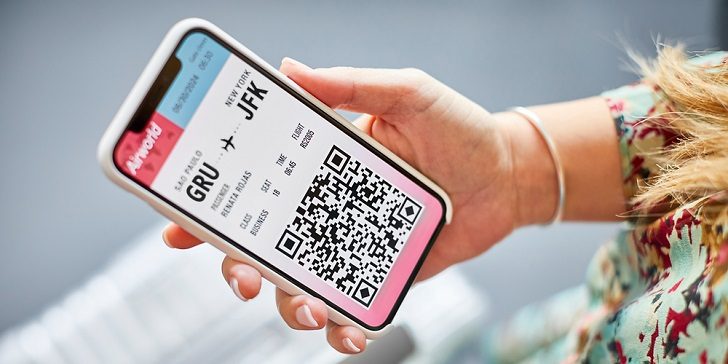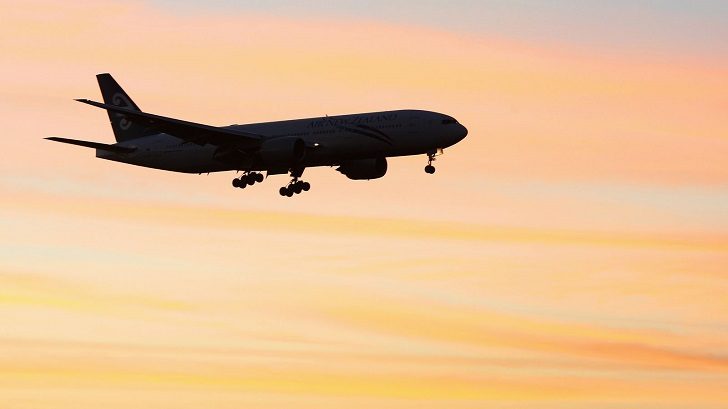Have you ever found yourself boarding a plane with your flight ticket in hand, looking at the destination code printed there? What’s behind those three or four letters written on the ticket? Where did they come from, and why are they used to determine where we’re going? Airport codes have an exciting history that is as long and complicated as it is fascinating.
Read on to learn all about the stories behind airport codes and how knowing these seemingly arbitrary strings of characters can benefit travelers worldwide.

Jim Scott/ iStock | The story behind airport codes is one of innovation and adaptation
The Beginnings of Airport Codes
The origins of airport codes can be traced back to the 1930s when commercial air travel was first beginning to take off. At the time, airline pilots relied on visual landmarks and memorization to navigate from one airport to another. However, as air travel became more widespread, there was a need for a more efficient way to identify airports and communicate with ground personnel.
In 1931, the IATA was formed to standardize commercial aviation practices, including airport codes. The organization created a system of two-letter codes to identify airports worldwide. These codes were based on the names of the cities where the airports were located. For example, the code for New York’s LaGuardia Airport was “LG,” while the code for London’s Heathrow Airport was “LH.”
The Introduction of Three-Letter Codes
In the 1940s, IATA introduced a new system of three-letter codes that were more specific and easier to remember than the old two-letter codes. The new codes were based on the name of the airport rather than the name of the city where it was located. For example, the Chicago O’Hare International Airport code is “ORD,” which comes from the airport’s original name, Orchard Field.

Jose Godoy/ Shutterstock | The most common type of airport code that people are familiar with is the International Air Transport Association (IATA) code
The adoption of three-letter codes allowed for greater flexibility in the identification of airports. The codes could be assigned to airports that did not have a city name in their title, such as John F. Kennedy International Airport in New York, which is identified by the code “JFK.”
The Impact of Technology
As technology has advanced, the use of airport codes has become even more important. Today, airport codes are used in various applications, including online booking systems, flight tracking apps, and airline reservation systems. Air traffic controllers also use them to manage the flow of air traffic and ensure the safety of passengers and crew.
The Future of Airport Codes

Phil Walter/ Getty Images | Airport codes are an enigma
As air travel continues to evolve, the use of airport codes is likely to change as well. Some experts predict that airport codes may eventually be replaced by digital identifiers that are more easily recognizable by machines. Others argue that airport codes will remain an important part of air travel for the foreseeable future, as they provide a quick and efficient way to identify airports worldwide.













